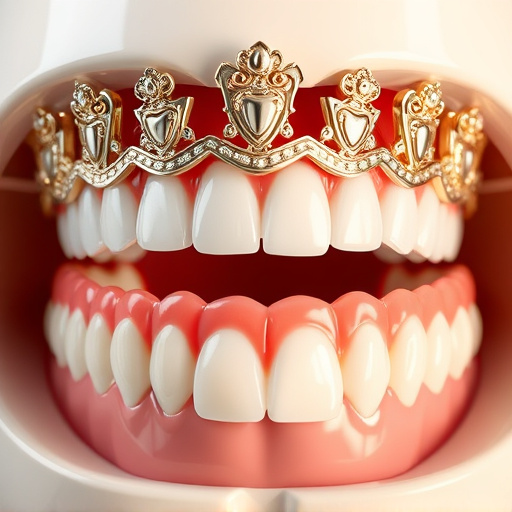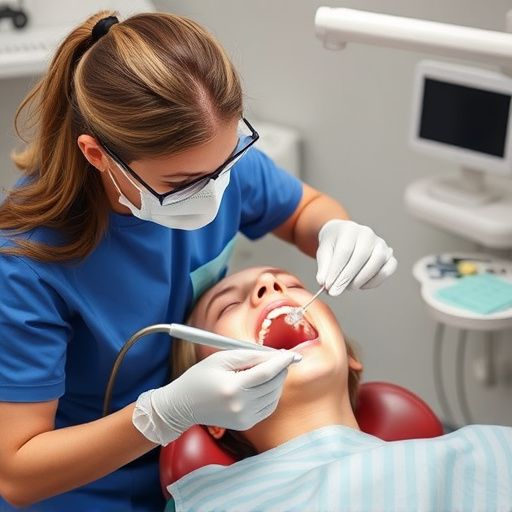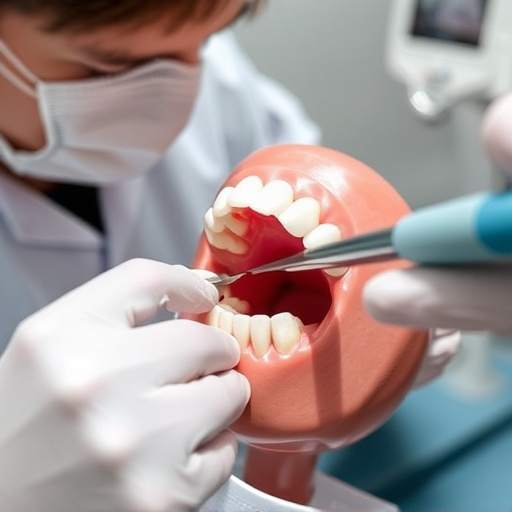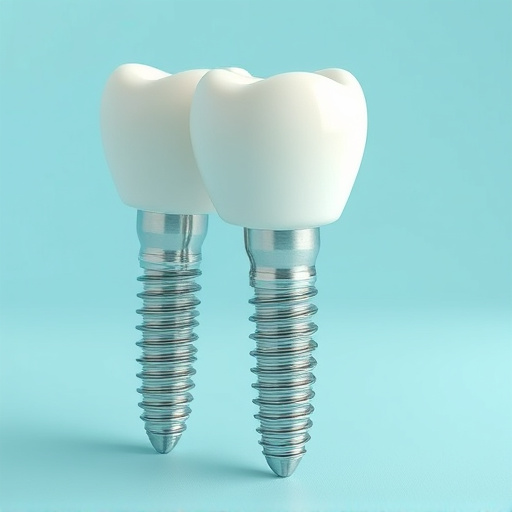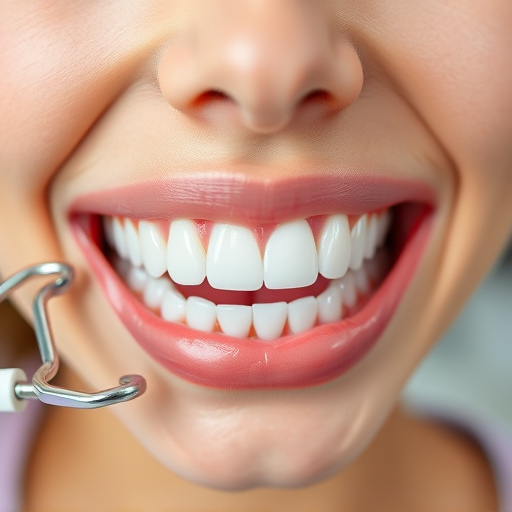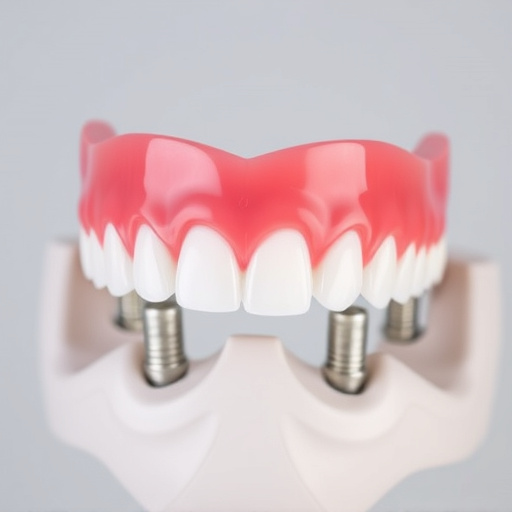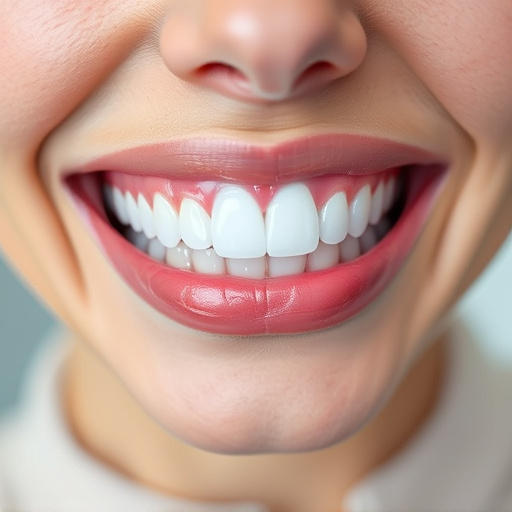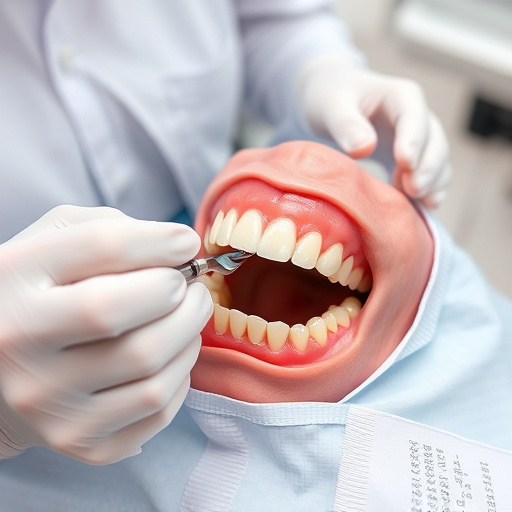The rising demand for urgent dental care reveals a gap in traditional dental services, especially for unexpected emergencies. Walk-in dental clinics have emerged as a solution, providing quick access to essential treatments like extractions and fillings. These clinics offer convenience with no appointments required, catering to acute dental needs. However, they face challenges such as increased patient volume leading to longer waits, and limitations in handling complex procedures. The sector's growth offers improved accessibility but requires balancing immediate care with comprehensive long-term dentistry.
Urgent dental care services have seen a significant surge in demand, leading to the rapid expansion of walk-in clinics. With unpredictable dental emergencies emerging at unforeseen times, patients now have access to convenient solutions through these accessible facilities. This article explores the growing need for urgent dental care, delves into the role of walk-in clinics as a convenient response, and analyzes the benefits and challenges associated with their swiftly expanding landscape.
- The Growing Need for Urgent Dental Care Services
- Walk-In Clinics: A Convenient Solution for Dental Emergencies
- Benefits and Challenges of Rapidly Expanding Walk-In Dental Care
The Growing Need for Urgent Dental Care Services
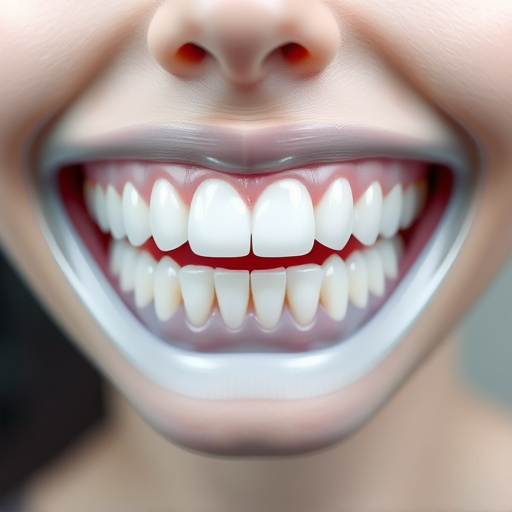
In recent years, the demand for urgent dental care services has skyrocketed, reflecting a growing need among the populace. This trend is largely driven by unforeseen dental emergencies such as toothaches, broken teeth, and oral infections that require immediate attention. Traditional dental practices often have limited walk-in slots or stringent appointment booking systems, making it challenging for patients to access prompt treatment when in pain or distress.
The rise of walk-in clinics specialized in urgent dental care has been a game-changer, offering much-needed relief to individuals facing dental emergencies. These clinics are equipped to handle a range of issues, from simple extractions and fillings to more complex procedures like wisdom tooth removal and dental implants. By providing quick access to essential services, they help alleviate the burden on regular dental practices and ensure that patients receive timely care without compromising their oral health.
Walk-In Clinics: A Convenient Solution for Dental Emergencies
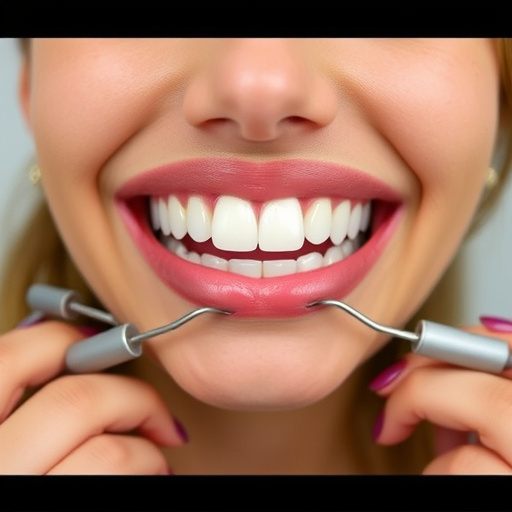
Walk-in clinics have become a convenient solution for dental emergencies, offering quick and accessible urgent dental care services. These clinics are designed to cater to patients who need immediate attention due to pain, infections, or traumatic injuries. With no appointments required, walk-ins provide a significant advantage during unforeseen dental issues.
In addition to addressing acute problems, these facilities also emphasize the importance of preventive dentistry and offer various solutions, including clear aligners and cosmetic fillings, to promote long-term oral health. This holistic approach ensures that patients receive not just urgent care but also guidance on maintaining healthy teeth and gums.
Benefits and Challenges of Rapidly Expanding Walk-In Dental Care

The rapid expansion of walk-in dental care clinics has brought about significant changes in how patients access urgent dental services. This model offers numerous benefits, such as increased accessibility and convenience for those with dental emergencies or unexpected pain. Walk-in clinics often operate with extended hours, providing relief to patients who might otherwise face long waits or delayed treatment. Moreover, these clinics can offer a range of services on-site, from basic examinations and cleanings to more complex procedures like dental bonding and clear aligner treatments. This one-stop-shop approach streamlines the patient experience, saving time and potentially reducing anxiety associated with dental care.
However, the growth of walk-in dental care also presents challenges. One significant concern is the potential for overloading clinics, leading to longer wait times for patients who truly need urgent attention. Managing patient flow efficiently becomes crucial to ensure fair access and timely treatment. Additionally, while walk-ins can provide quick relief, complex procedures like dental implants might require more specialized care and follow-up appointments, which may not be immediately available in these settings. Therefore, balancing the demand for immediate relief with the need for comprehensive, long-term dental care is an ongoing challenge for this rapidly expanding sector of urgent dental care services.
The rise of walk-in clinics offering urgent dental care services is a significant development in addressing the growing need for immediate dental treatment. These clinics provide convenient access to essential services, ensuring that dental emergencies don’t go untreated. While there are challenges to manage, such as keeping up with demand and maintaining quality care, the benefits of having readily available walk-in dental care far outweigh the obstacles. This trend empowers individuals to take control of their oral health, fostering a more proactive approach to dental wellness.
